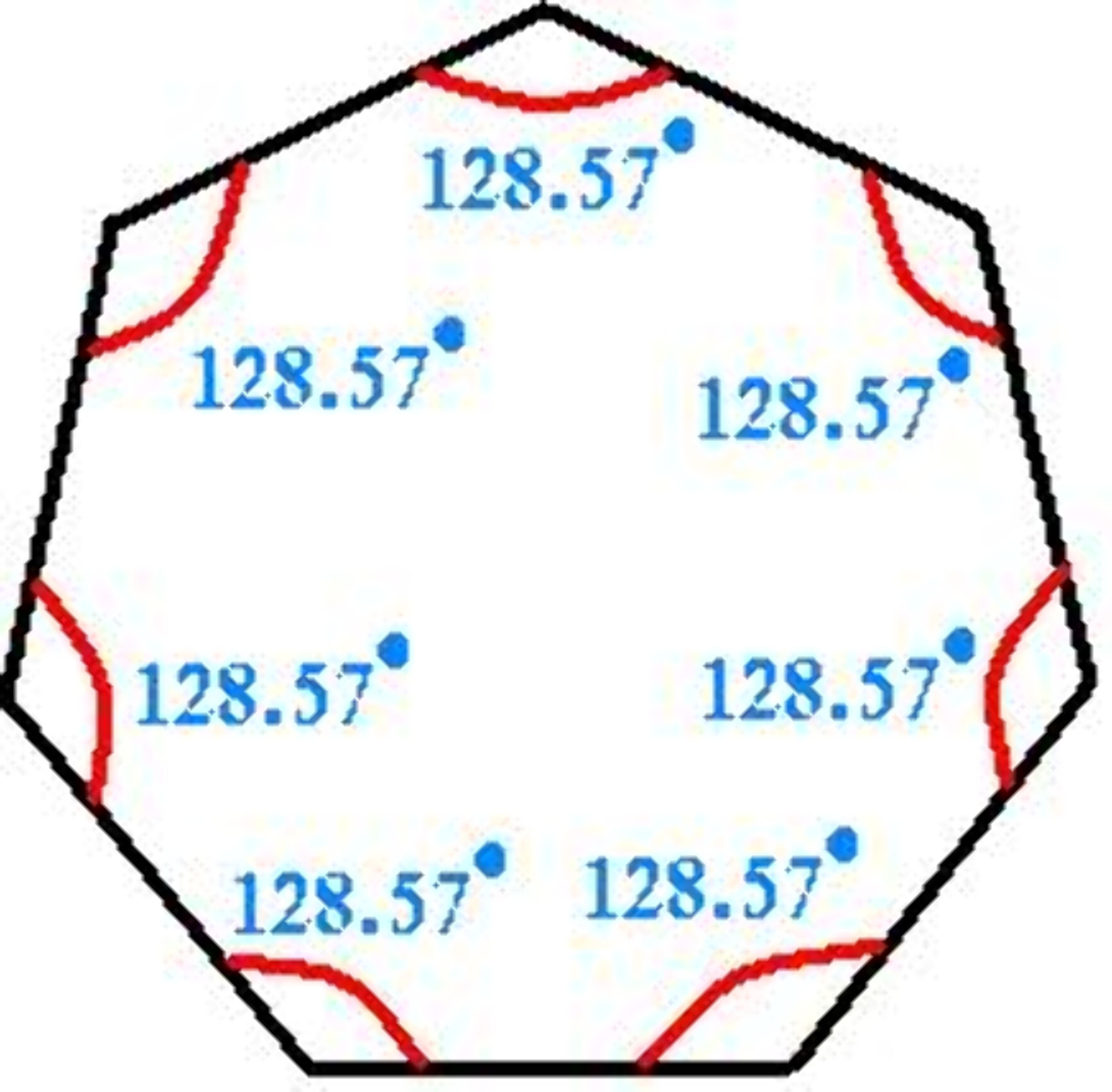1. The common properties of all polygons are they all have at least three sides, and have at least 180 degrees. Also, the sides do not cross each other. Exactly two sides meet at every vertex.
2.The measure in degrees tells you if it is an acute, obtuse, straight, reflex, or right angle. Some common benchmark angles are the ones that are divisible by 30°, 45°, or 90°. Examples are 120°, or even 315°.
3. To estimate angle measure, one strategy is to draw a midpoint on the middle of the angle. Then, use a compass to draw a circle around it. Afterwards, you can draw in the "benchmark angles", and then estimate from there. Or, you could just do an estimate by drawing it in your head. To find accurate measurements with tools, put the centre of the bottom line of the protractor on the part where the two angles touch, make sure the angle line on the bottom is aligned with the bottom line on the protractor, and measure.
2.The measure in degrees tells you if it is an acute, obtuse, straight, reflex, or right angle. Some common benchmark angles are the ones that are divisible by 30°, 45°, or 90°. Examples are 120°, or even 315°.
3. To estimate angle measure, one strategy is to draw a midpoint on the middle of the angle. Then, use a compass to draw a circle around it. Afterwards, you can draw in the "benchmark angles", and then estimate from there. Or, you could just do an estimate by drawing it in your head. To find accurate measurements with tools, put the centre of the bottom line of the protractor on the part where the two angles touch, make sure the angle line on the bottom is aligned with the bottom line on the protractor, and measure.

No comments:
Post a Comment
Guys, you can comment whatever as long as there are no swear words.